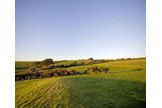4 Inspirational golf clubs who have bounced back from despair
Last updated:
Back from the brink: The inspirational stories of four courses – including one backed by a major champion – that have bounced back from the depths of despair
Running a golf club isn’t easy work. You’ve got to look after members, but also accommodate visitors. You’ve got to find different revenue streams for the days when it’s raining, or snowing, or just a bit quiet.
You’ve got to maintain the tees, fairways and greens, even on the days when no-one’s playing… Throw in an uncertain economy, pressures on peoples’ leisure time, the cost of maintaining a course and balancing the books when memberships are falling, it’s not for the faint-hearted.
While some clubs fold under the pressure, or sell the course to developers, others – with their backs against the wall – come out fighting. They adapt. They find new members. They discover those new revenue streams. They invest in the course. They make it a success – and that’s exactly what these four clubs did when they found themselves with an uncertain future…
CASE STUDY #1 Carus Green, Cumbria
What happened: Flood central, that’s what happened. It was deluged by the River Kent after the devastating Storm Desmond in 2015, which hit Cumbria hard. The clubhouse resembled an indoor pool, as did Gary Wolstenholme’s beloved Golf Academy, suffering severe water damage including thousands of pounds worth of soiled stock in the pro shop.
On the course three holes were washed away and owner Graham Curtin told us: “There was debris everywhere, it was like a war zone. I was terribly upset – 15 years of my life had been destroyed in an hour.”
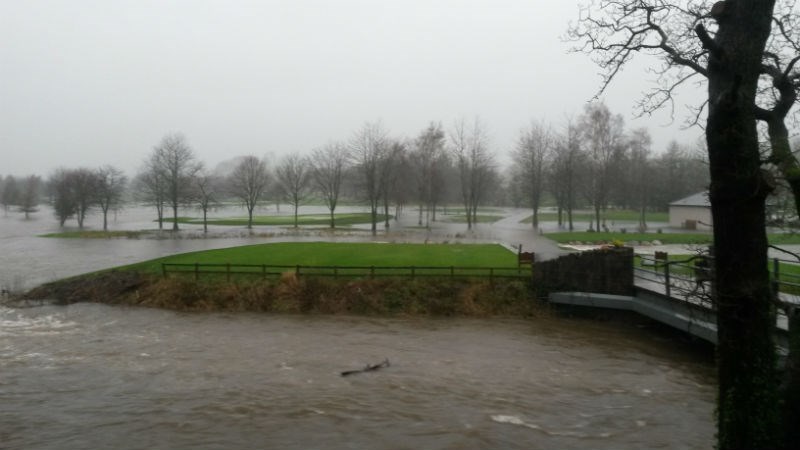
How it survived: After the initial clean-up operation carried out by owner Graham and a band of helpers, mainly members, plus a four- week period of drying out, local tradesmen pulled out all the stops to get the club back in business with new locker rooms, toilets, carpets and a fully re-stocked pro shop. As a result of the £500,000 refurb, the club looks “even better than before”. And against all the odds they’ve had a record year financially.
Key move: Being adequately insured. The owner also called a staff meeting the day after the ood and was taken aback by their response. “Everybody got behind me and it was quite emotional,” he said. ‘We can do it’ was the attitude. Sure enough, they did and unbelievably the venue was only closed for two days! “It was a mesmeric effort.”

The way ahead: A function suite for things like weddings keeps the business ticking over. Curtin added: “We’re delighted with the restored club and looking forward to further growth and a positive future.” That includes hosting a Trilby Tour event this season.
The facts: Par 70, 6,064 yards. Designed by Graham Curtin, Gary Wolstenholme and the greenkeeping team. Green fees: £28-£35. Contact: 01539 721097, www.carusgreen.
CASE STUDY #2 Malkins Bank, Cheshire
What happened: Put up for sale by Congleton council, Malkins Bank looked dead and buried – with only 170 members, the last rites were being written. Club president and long-time member Peter Davies told us: “There was a lot of discontent, everybody was panicking. It was only a matter of time before it went under.”
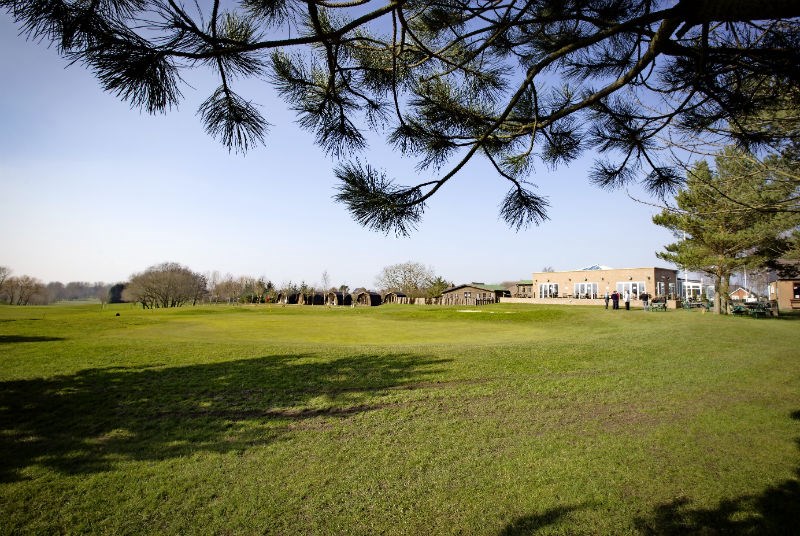
How it survived: The doom and gloom lifted after former European Tour player Tony Minshall took over the reins from RM Estates, who had taken it off the council’s hands. The new hands-on owner invested over £500,000 into the ailing club and course. Minshall is a lifetime friend of 1991 Masters champion Ian Woosnam – his Major-winning clubs are on display in the clubhouse – who is now a partner in the business.
Minshall told us: “A lot of clubs struggle because of snobbery and they haven’t a clue how to interact with their members. For me, it’s not about money. I’m in love with the job, I absolutely love it.”
Key move: One of the first things Minshall did was appoint Ian Woosnam’s younger brother, Gareth, as head greenkeeper to give the holes some love. It was a move that has paid handsome dividends, and the start of the big revival. In two years the club has doubled its membership to 500 and is always looking to improve its most important asset – the course.

The way ahead: The club is forecasting a £1m turnover in 2017 and a healthy pro t – a remarkable transformation from a venue which “won” a worst course of the year award in the early 1990s! The venue now hosts 200- plus events a year (plus around 160 societies) including regular wedding functions – and newlyweds can stay on site in one of the ve Pods (chalets), which opened last March.
The facts: Par 70, 6,009 yards (white tees), 5,760 yards (yellow tees). Hawtree design. Green fees: £14 midweek, £17.50 weekends. Contact: 01270 765931, www.malkinsbankgolfclub.co.uk
CASE STUDY #3 The Point at Polzeath, Cornwall
What happened: The venue formerly known as Roserrow G&CC was in a bad way. The phrase “rack and ruin” springs to mind. As a result, it slipped into administration. How it survived: It took a lot of TLC and investment from ambitious, passionate new owners Jeremy and Eva Davies. Firstly, it changed its name.
Secondly, top architect Tim Lobb was brought in to re-design the course and nally, seven new swish, state-of-the-art apartments (sleeping up to 36) were built to tap into the booming south-west holiday market.
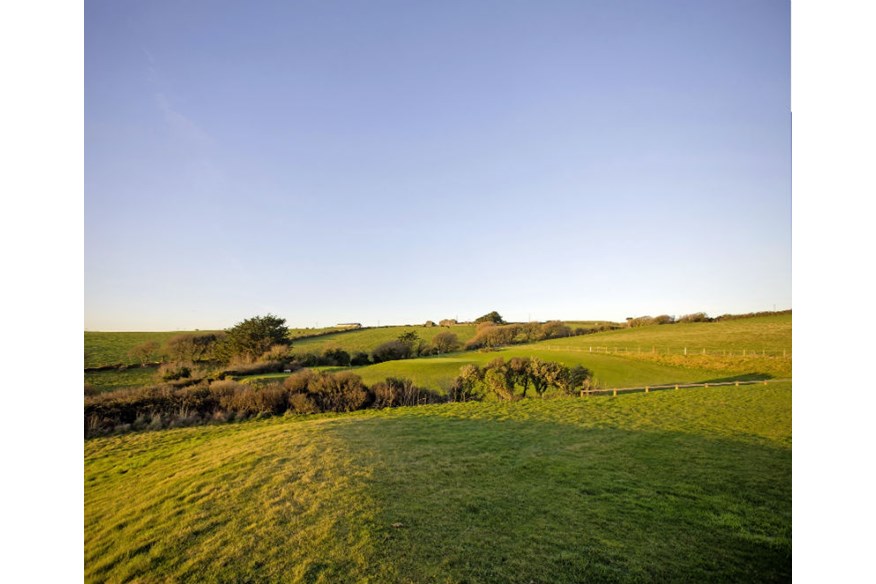
Key move: The introduction of Lobb was instrumental in the transformation – the major course upgrade saw The Point collect the Cornwall Golf Mark Club of the Year title last January – as was the introduction of a new road in/out of the property, cutting the driving time to nearby top links St Enodoc to ve minutes.
The way ahead: After four years of investment, last year reaped an operational pro t for the rst time and the owners are con dent of going from strength to strength. Golfers can now enjoy a ne course, quality on-site accommodation and much improved practice facilities. Oh, and a brand new sports bar with breathtaking views is due to open next month.
The facts: Par 72, 6,274 yards. Designed by Tim Lobb of Thomson Perrett & Lobb. Green fees: £40. Contact: 01208 864601, www.thepointatpolzeath.co.uk
CASE STUDY #4 Thetford GC, Norfolk
What happened: One of Norfolk’s nest venues didn’t exactly celebrate its centenary in style in 2012. The club slammed into nancial waters and struggled to stay a oat. It had suffered an alarming drop in membership, society bookings and casual fee-paying visitors and there was no way they could afford the substantial rent with its landlords, the Crown Estate. Staff were laid off, the course suffered as a result and members moved on. It was a vicious circle…
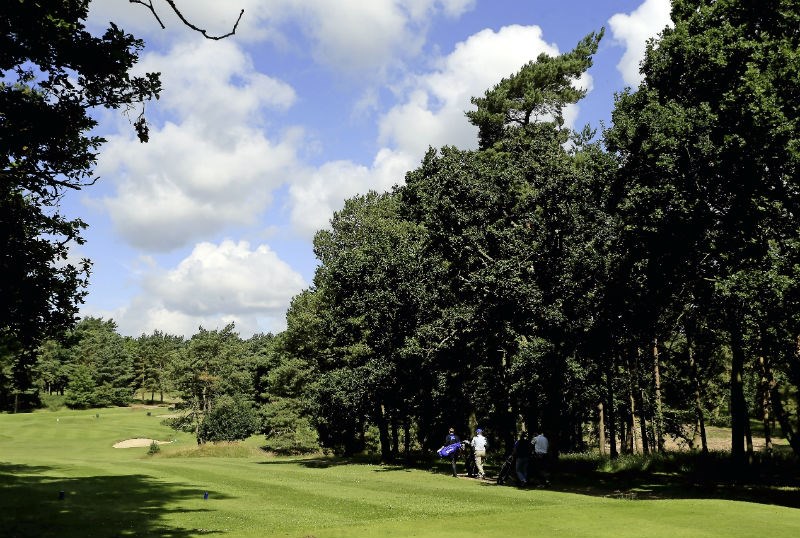
How it survived: In the nick of time, the club managed to re-negotiate its rent agreement with the Crown Estate and detailed negotiations with the club’s landlords have resulted in a more manageable rent scenario, while a review of staf ng levels resulted in savings in key areas such as administration and greenkeeping.
Key move: The club introduced an online booking system which worked an “absolute dream,” bringing a lot of people in. Relaxed clubhouse dress rules and better communication has also paid dividends.
The way ahead: Membership is back up to near maximum levels, income from visitors is up and the turnaround was completed at the start of this year, when Thetford agreed to buy the club from the Crown Estate. Now the club’s committee is considering various options to nance the purchase, including the possibility of offering debentures to members or straightforward loans or mortgages. Club manager Malcolm Grubb told us: “It is going to be an exciting year for the club. We have built up funds over the past couple of years which means we can make a down payment and then it will be a matter of making repayments on borrowing rather than paying rent.”
The facts: Par 72, 6,672 yards. Designed by James Braid. Green fees: £30-£40. Contact: 01842 752169, www.thetfordgolfclub.co.uk
UK courses that didn’t make it…
Western Park, Leicester: The final round on the municipal parkland was played on October 31, 2015, after the city’s mayor said Leicester City Council couldn’t afford the course’s £123,000 running costs.
Rye Hill, Banbury: Members were left reeling at the start of 2016 when their course was closed after the leaseholders went into voluntary liquidation.
Norfolk Golf and Country Club, Dereham: The owners decided to pull the plug five years ago and as a result the course has returned to farmland.
Lothianburn, Midllothian: It had been around for 120 years but closed three years ago after its membership plummeted from 820 to 270 in less than a decade.
Channels, Essex: Closed its 42-year- old 18-hole course in March because it is “no longer a viable concern” and will “focus on the parts of the business that have the potential togrow”.
Laleham, Surrey: The once-thriving Chertsey club, founded in 1903, once boasted more than 500 members but had been struggling financially for some time and the owners finally decided to pull the plug last year.






